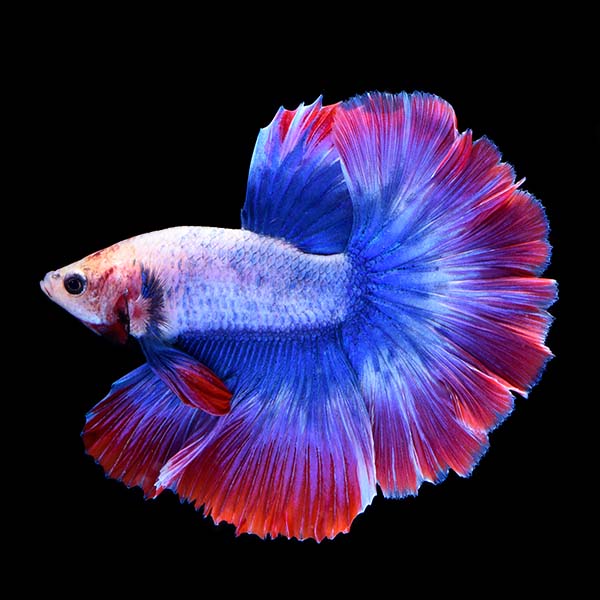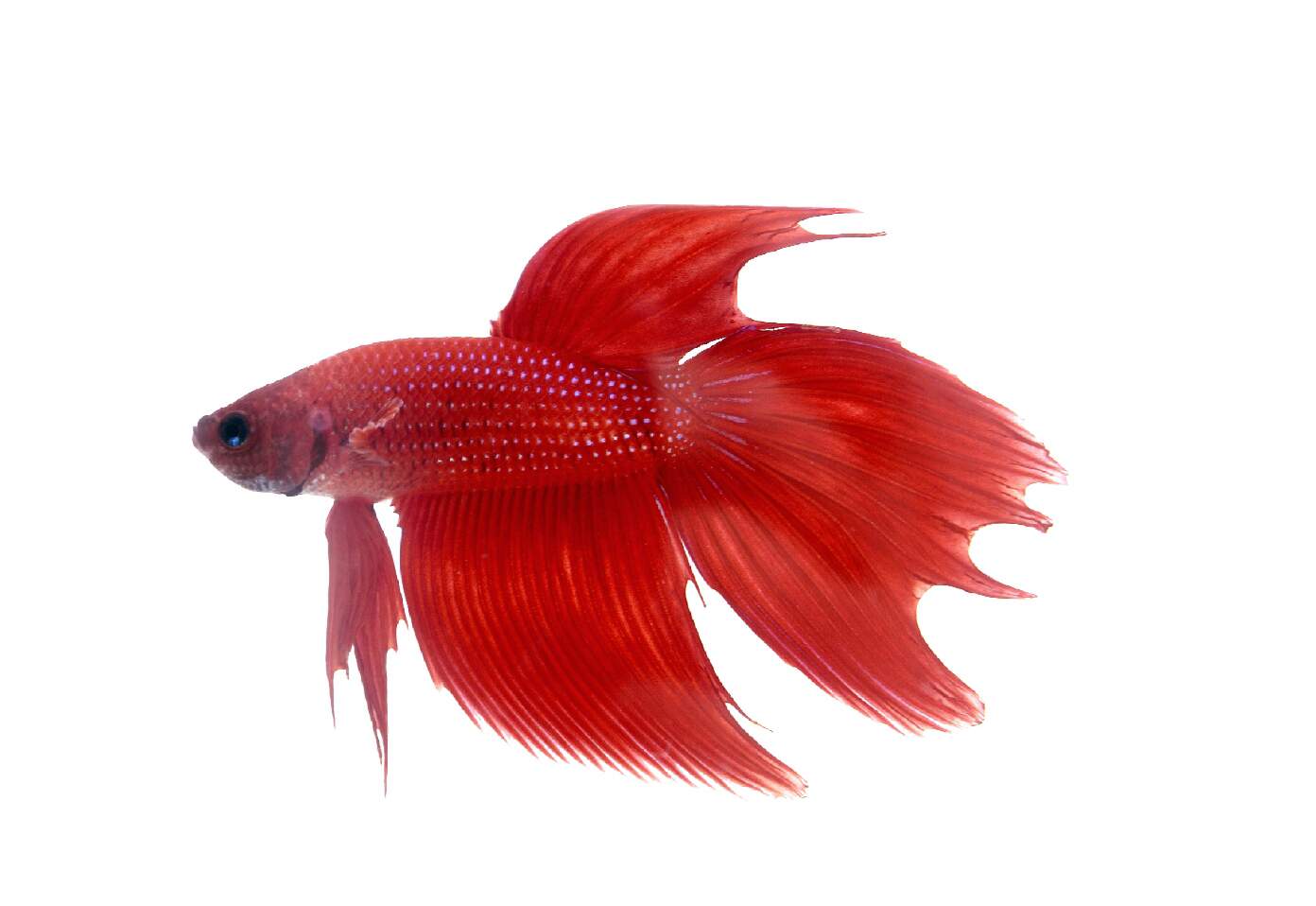Exactly How to Breed Betta Fish Successfully: Expert Strategies and Insights for Hobbyists Wanting To Expand Their Betta Collection
Breeding Betta fish needs a nuanced understanding of genes and ecological conditions, making it crucial for enthusiasts to come close to the procedure with both diligence and treatment. Developing an ideal breeding environment, picking the right pairs, and observing the details of their courtship behaviors are foundational actions that can substantially affect the outcome.
Understanding Betta Fish Genetics
Understanding the genetics of Betta fish is important for successful reproduction, as it influences traits such as shade, fin form, and behavior. Betta fish exhibit a varied range of shades and patterns, greatly figured out by their hereditary makeup. The main genetics responsible for coloration include the "B" gene for blue, "D" gene for red, and the "C" genetics for shade strength. Dog breeders can adjust these characteristics by choosing certain moms and dad fish that exhibit desired qualities.
In enhancement to pigmentation, fin morphology is an additional considerable element of Betta genetics (betta fish). The form and dimension of fins are influenced by different genes, including those that determine whether the fins are brief, long, or veil-shaped. Understanding these genetic variants aids dog breeders anticipate the phenotypic results of their spawn
In addition, behavioral characteristics such as aggression and territoriality can additionally be affected by genes. These behaviors play a crucial function in the reproducing process, as they can influence spawning success and the overall temperament of the resulting fry. By thoroughly recognizing these hereditary principles, dog breeders can make informed choices, inevitably boosting their reproduction programs and accomplishing preferable results.
Preparing the Breeding Environment
Creating an optimum reproduction setting is vital for the effective recreation of Betta fish. The first step in preparing this setting is to choose an appropriate breeding container, preferably varying from 5 to 10 gallons.
Following, think about the usage of a sponge filter or an air stone to give gentle water flow without creating solid currents that can stress the fish. It is important to set up plants or breeding cones to supply concealing spots and advertise comfort for the woman throughout the spawning procedure. Drifting plants, such as Java moss or water sprite, can also create a more natural environment while assisting in bubble nest structure by the male.
Prior to presenting the reproducing sets, guarantee the water is conditioned and devoid of unsafe chemicals, such as chlorine or heavy steels. betta fish. Routine water adjustments ought to be performed to preserve optimal water top quality, improving the chances of successful breeding. With these preparations in position, the reproducing atmosphere will sustain the health and wellness of both Betta fish
Selecting Reproduction Pairs
Picking the best reproduction pairs is essential for attaining successful Betta fish recreation. Healthy and additional hints balanced Betta fish exhibit lively colors, clear eyes, and energetic behavior.
Character is another crucial consideration, as Betta fish are understood for their aggressive nature. It is a good idea to select a male and lady that display suitable temperaments to lessen stress throughout the reproducing process. A tranquil man can encourage a smoother courtship, while a lady that is too aggressive might interrupt the procedure.
Genetic history also plays a significant function in the high quality of the children. Breeding fish that are genetically varied can reduce the danger of genetic health problems and improve the general vitality of the fry. It is valuable to investigate the lineage of both the man and lady, concentrating on desirable traits such as fin type, color patterns, and dimension.
The Breeding Process
The reproduction process of Betta fish requires cautious planning and interest to detail to make certain a successful end result. It is vital to prepare an appropriate reproduction container, ideally a 5-10 gallon fish tank with a temperature kept at 78-80 ° F. The storage tank needs to be outfitted with a heater, filter (ideally sponge type to stay clear of solid currents), and lots of water plants for the lady to conceal.
Once the atmosphere is set, present the picked breeding pair to the tank, allowing them to acclimate. Observe their habits; the man will certainly display elaborate site here courtship routines, including flaring his fins and developing a bubble nest. If the woman shows rate of interest, she will display upright red stripes suggesting readiness for spawning.
When the female is responsive, the pair will certainly involve in a breeding embrace, throughout which the male fertilizes the eggs. Keeping ideal water problems throughout this period is necessary for the advancement of healthy and balanced Betta fry.
Taking Care Of Betta Fry

Feeding Betta fry is crucial, as they call for a diet regimen high in healthy protein. Originally, they can be fed infusoria or fluid fry food, transitioning to carefully crushed top quality pellets as they expand. Feed small sections numerous times a day to urge healthy growth without straining the storage tank with leftover food.

As they mature, check their growth very closely and separate any hostile people to stop harm. By offering a nurturing environment and proper nourishment, hobbyists can efficiently increase Betta fry right into vibrant, healthy fish, useful source inevitably improving their breeding undertakings.
Final Thought
Successful Betta fish reproduction requires meticulous attention to hereditary choice, ecological problems, and look after the fry. By recognizing the genes of Betta fish and preparing a suitable reproduction environment, hobbyists can improve the possibilities of generating vibrant, healthy offspring. Choosing compatible breeding pairs and closely monitoring the courtship and spawning processes are essential. Lastly, supplying optimal treatment for the fry guarantees their healthy and balanced advancement, adding to a flourishing Betta collection.
Comments on “Just how to Select the Right Betta Fish for Your Aquarium”